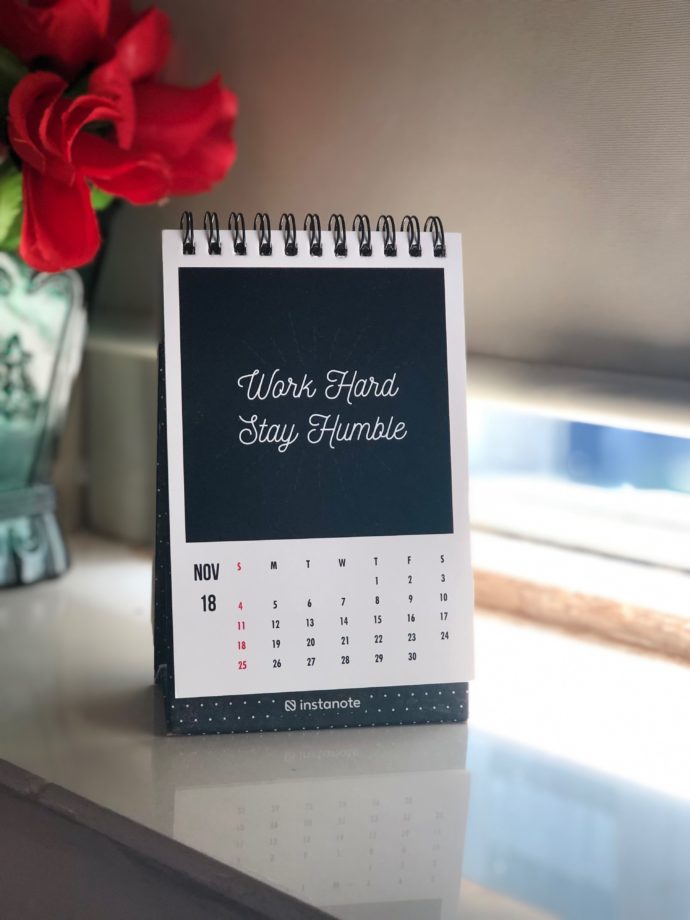Midweek Update
The Wall Street Journal reports this evening that “White House and Democratic negotiators emerged frustrated from their [latest COVID-19 relief bill} meeting Wednesday. White House officials said Democrats were dragging their feet on talks, and Democrats countered that Republicans were thinking too small.” “Absent an agreement [by this Friday, [Treasury Secretary Steven] Mnuchin said, “We’ll have to look at the president taking actions under his executive authority.”
On the vaccine front —
- Kaiser Health News reports that obese people are less responsive to vaccines than other folks. ” Dr. Timothy Garvey, an endocrinologist and director of diabetes research at the University of Alabama, was among those who stressed that, despite the lingering questions, it’s still safer for obese people to get vaccinated than not. “The influenza vaccine still works in patients with obesity, but just not as well,” Garvey said. “We still want them to get vaccinated.” FEHBP plans typically offer effective coaching problems to help plan members with weight reduction.
- On the brighter side, the Wall Street Journal reports that “Researchers and companies developing Covid-19 vaccines are taking new steps to tackle a longtime challenge: Those who need the vaccines most urgently, including Black and Latino people, are least likely to participate in clinical trials to determine whether they work safely.” Health plans may be able to offer support here to researchers.
Publicly traded healthcare companies have been report second quarter results recently. Healthcare Dive reports that “All of the nation’s largest insurers, Anthem, Centene, Cigna, Molina, UnitedHealth Group (which operates UnitedHealthcare) and CVS (which owns Aetna), all reported a surge in second quarter profits due to lower medical usage among members.” To the extent that these profits stem from health insurance premiums, the ACA’s requirement that health insurers rebate premium income when they fall below the minimum medical loss ratio threshold (80% for individual coverage and 85% for group coverage) is designed to prevent excess profits.
- For more details on second quarter results CVS Health and Humana reported today. Becker’s Hospital Review inform us about other major insurer results here.
Forbes advises us that according to a recent study, deferral of care during the great hunkering down in March and April caused a concerning drop in new cancer diagnoses. “This report demonstrates that our initial response to the pandemic of limiting so-called elective screening and diagnostic tests has consequences,” said Craig Bunnell, MD, Dana-Farber Cancer Institute Chief Medical Officer. “The true incidence of these cancers did not drop. The decline clearly represents a delay in making the diagnoses, and delays matter with cancer,” Bunnell added. But physicians are keen to stress that for symptoms that cannot wait such as anything which might indicate cancer, people must not hesitate to seek medical care, despite the pandemic. “We need to safely perform these diagnostic tests and the public needs to not think of them as optional. Their lives could depend on them,” said Bunnell.
How true. Becker’s Hospital Review provides additional perspective on this issue by publishing a Census Bureau ranking of the states by the estimated percentage of deferred care due to the COVID-19 emergency.
Nationwide, 40 percent of Americans are still delaying care, according to a survey from the U.S. Census Bureau. The agency launched its Household Pulse Survey April 23, polling roughly 1 million Americans weekly on how the pandemic is affecting their household. Over the past 12 weeks, the percentage of U.S. adults delaying care has hovered around 40 percent with little fluctuation.
Finally, there was a big healthcare industry transaction announced today. STAT reports that “telemedicine provider Teladoc Health has reached an agreement to buy the diabetes coaching company Livongo in an $18.5 billion deal.” Both companies are publicly traded. The Wall Street Journal explains that
Under the deal, each share of Livongo will be exchanged for 0.5920 shares of Teladoc, plus cash consideration of $11.33 for each Livongo share. Upon completion of the merger, existing Teladoc shareholders will own 58% of the combined company, and existing Livongo shareholders will own 42%. The transaction is expected to close by the end of this year.




